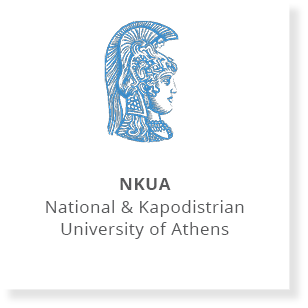


Fourier transform infrared (FTIR) spectroscopy is a very useful tool for the investigation of protein structure, of the molecular mechanism of protein reactions, as well as of protein folding, unfolding and misfolding. The vibration of the protein backbone amide group, caused by the absorption of radiation in the mid-IR region (400 – 4000 cm−1), is most widely used for protein structural analysis. These vibrations give rise to nine characteristic IR absorption bands (Amides A, B and I–VII). Especially the characteristic frequency, intensity, and width of the Amide I (∼ 1650 cm−1) and Amide II (∼ 1550 cm−1) vibrational bands, which are the most prominent and sensitive bands of the protein backbone, relate directly to specific protein secondary structural components (i.e. α-helix, β-sheet, β-turn). In this way the obtained IR spectrum of a protein sample can be suitably analysed (using algorithms such as second-derivative, deconvolution and curve fitting if necessary) and thus elucidate the protein secondary structure.